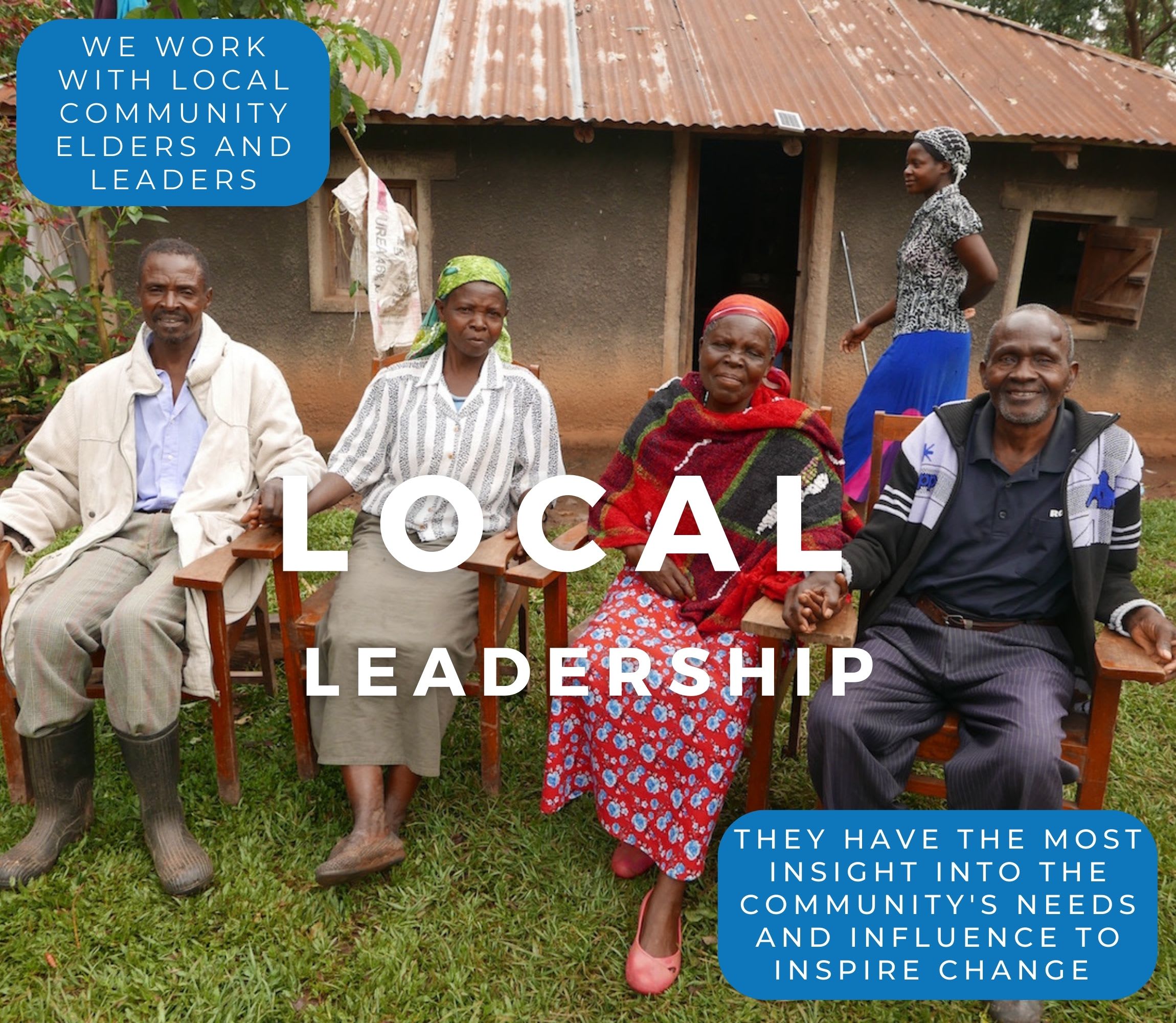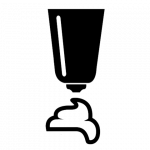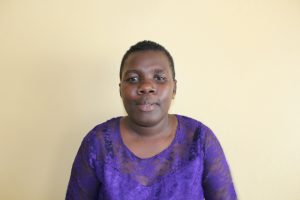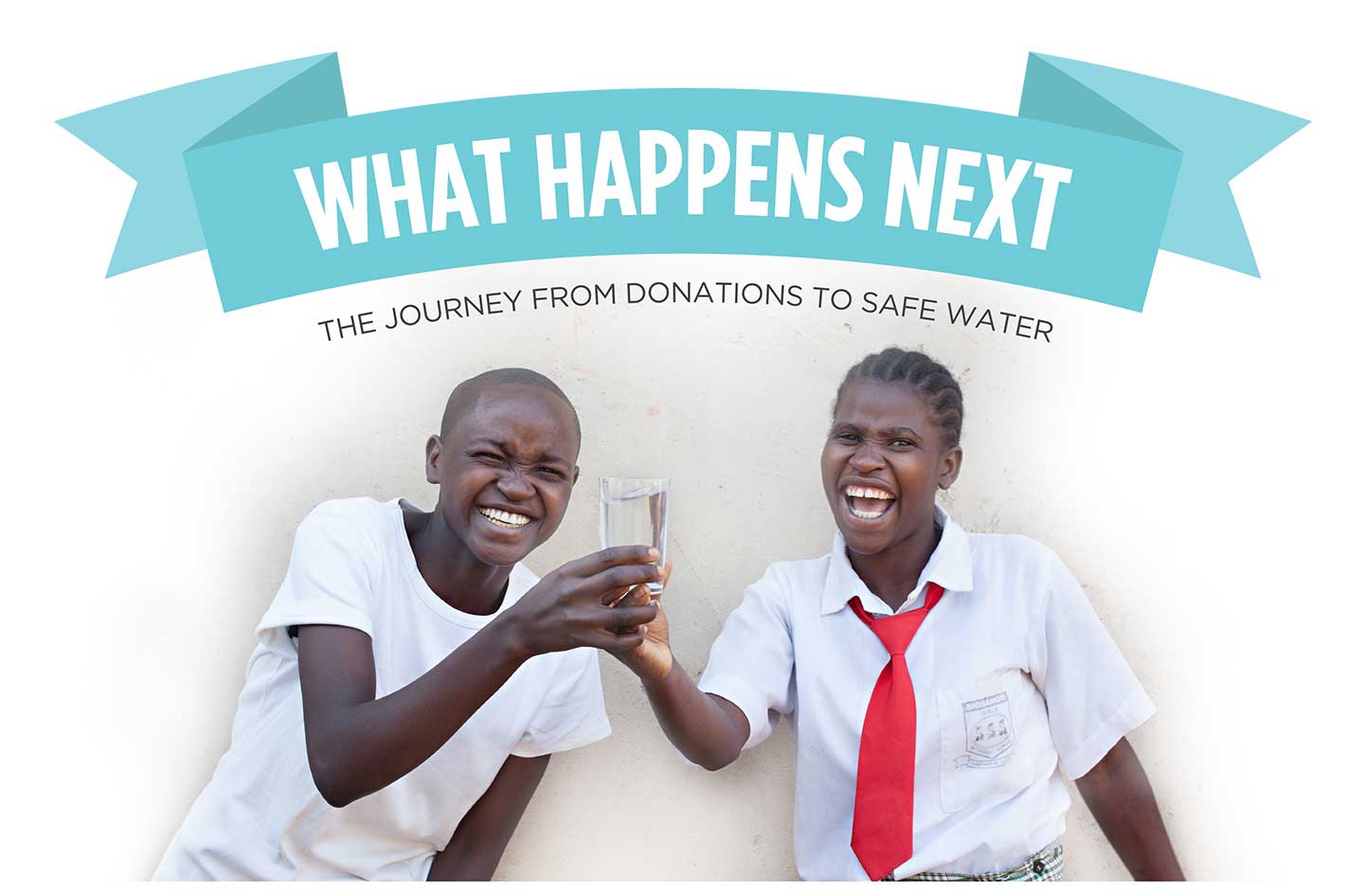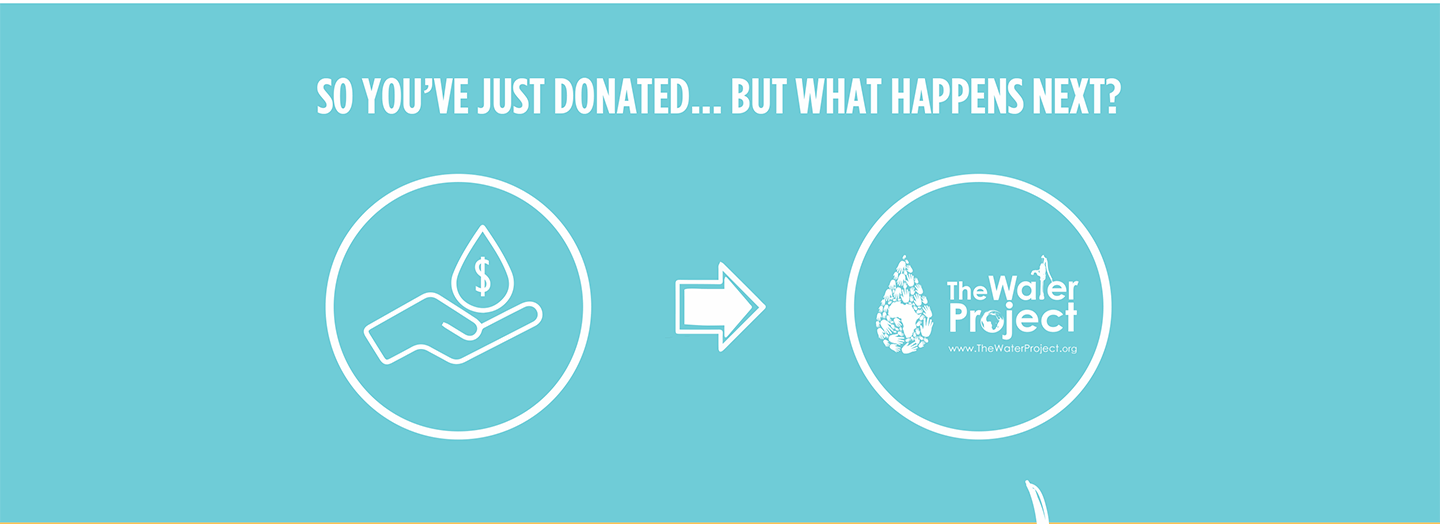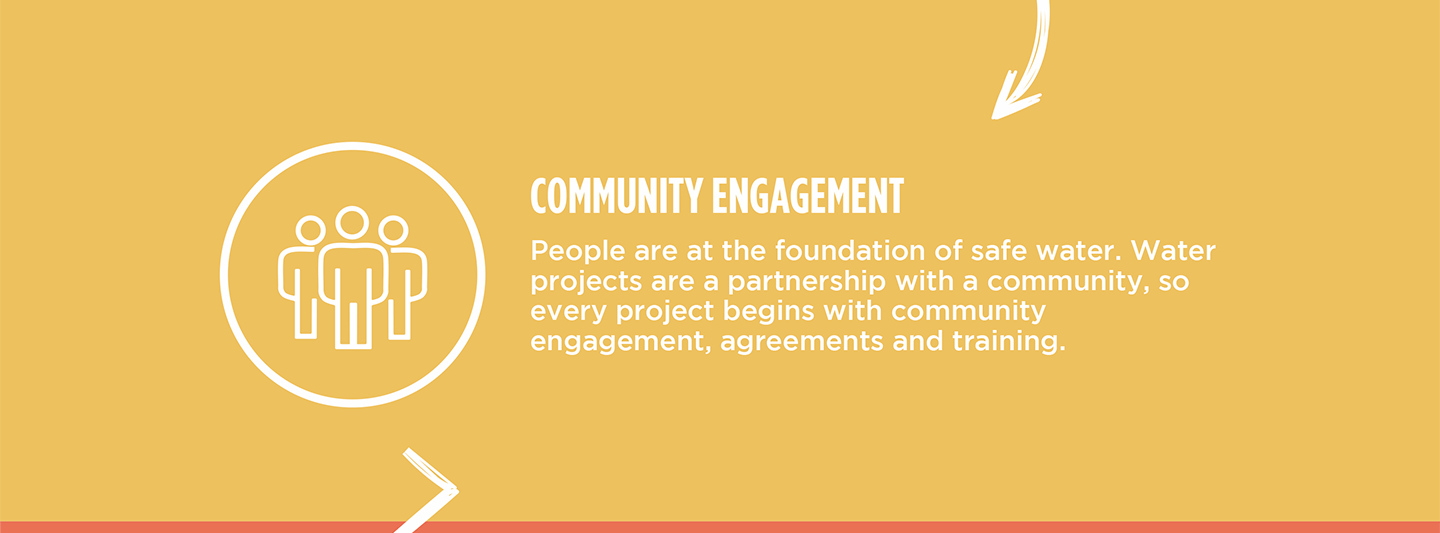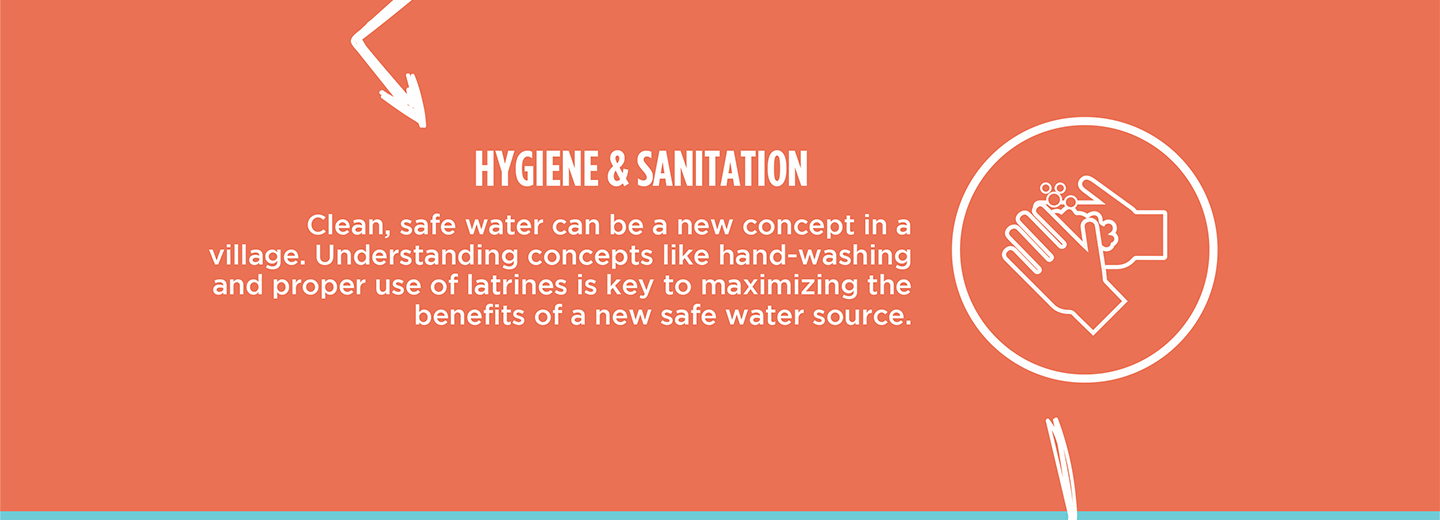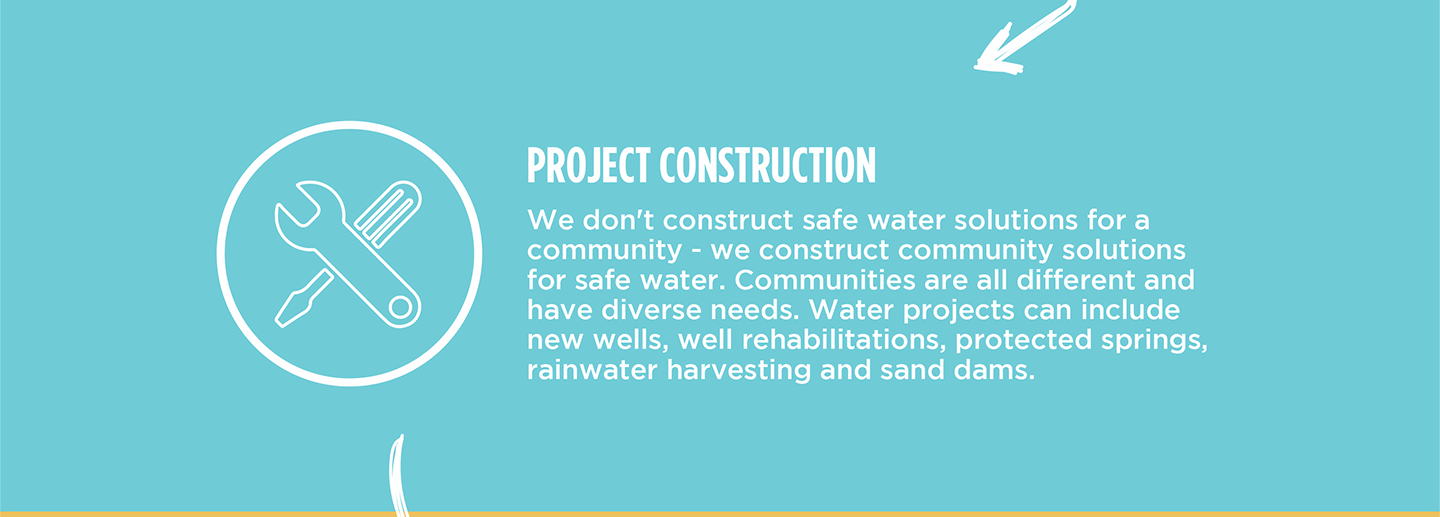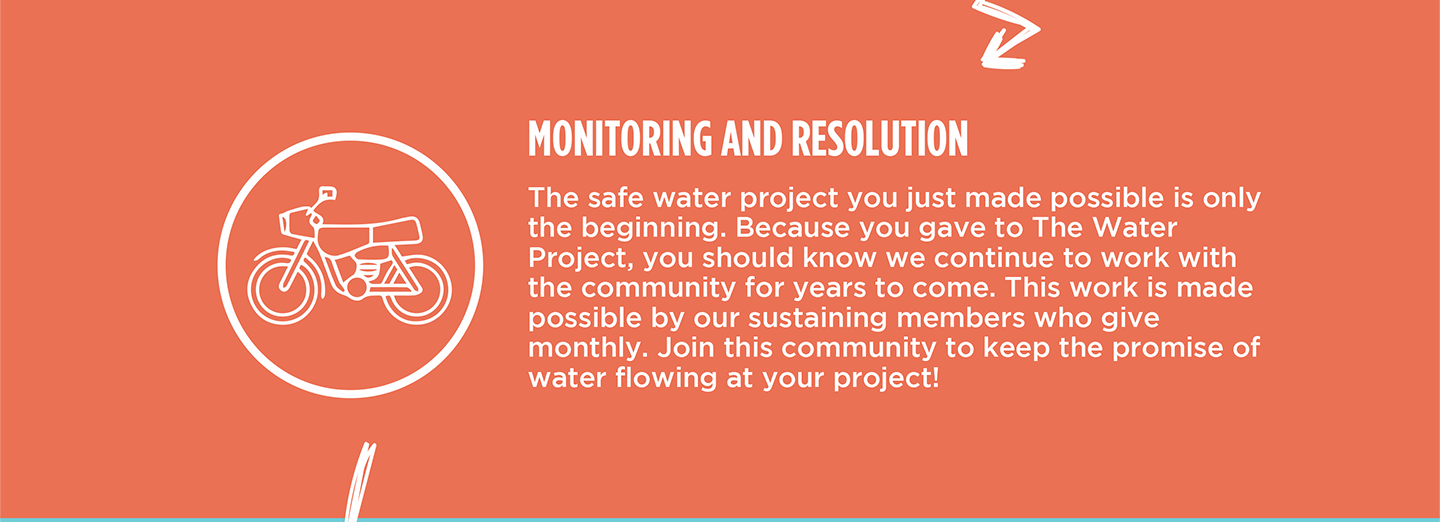February, 2023: Burundu Community Spring Protection Complete!
Burundu Community now has access to clean water! We transformed Linet Wechuli Spring into a flowing source of naturally filtered water thanks to your donation. Our team also trained the community on improved sanitation and hygiene practices. Together, these components will unlock the opportunity for community members to live better, healthier lives.
"The water point will help ease the burden of drawing water using a jug [like we did] before, which was unsafe," said 24-year-old housewife Sheila Kalivo. "We will also take [a] shorter time at the water point drawing water than before and make use of the time to do other different chores at home."

Sheila carries water from the new spring.
Sheila continued: "During the dry season, getting vegetables is hard because there is not enough rain, so my mother-in-law and I are planning to plant vegetables on [our] remaining piece of land so as to make use of the flowing water from the spring for watering the plants, which, after we sell [them], we will have money."
Children were just as excited as adults about the new waterpoint.
"The day this organization visited our spring, I was happy to know that we are going to have clean and safe water," said 14-year-old Mitchelle, whom we interviewed on our first visit to Burundu. "[I] am no longer going to be sick and miss my classes because I will be consuming clean water both at home and at school."

Mitchelle splashes water at the new spring.
"[I] am a class 8 candidate, and I need more time to do my studies so that I pass my forthcoming exams," Mitchell said. In her previous interview, she spoke about how waiting for water during multiple trips to the water source per day took up so much of her time. "Now, with this water point completed, I will be consuming clean water, which means I will be healthy to prepare for my exams."
Preparing for Spring Protection
Community members worked together to source and carry all locally available construction materials to the spring. These included bricks, sand, stones, and fencing poles. Some people also chiseled away at large rocks to break them down into gravel. Because people have to carry most items by hand, the material-collection process can take anywhere from a few weeks to months.

Community members bring bricks to the construction site one by one.
When the community was ready, we sent a lorry to deliver the remaining construction materials, including cement, plastic tarps, and hardware. Then, our construction artisan and field officers deployed to the spring to begin work. Individual households provided meals throughout each day to sustain the work team.
From Open Source to Protected Spring: A Step-by-Step Process
First, we cleared and excavated the spring area. Next, we dug a drainage channel below the spring and several runoff diversion channels above and around the spring. These help to divert surface contaminants away.
To ensure community members could still access water throughout the construction process, we also dug temporary channels from the spring's eye around the construction site. This allowed water to flow without disrupting community members' tasks or the construction work. Excavation created space for setting the spring's foundation, made of thick plastic tarp, wire mesh, concrete, and waterproof cement.

After establishing the base, we started brickwork to build the headwall, wing walls, and stairs. Once the walls had grown tall enough, we began one of the most crucial steps: setting the discharge pipe. The discharge pipe needs to be positioned low enough in the headwall so the water level never rises above the spring's eye, yet high enough to allow room for the average jerrycan (a 20-liter container) to sit beneath the pipe without making contact.

If we place the discharge pipe too high above the spring's eye, backpressure could force water to emerge elsewhere. Too low, and community members would not be able to access the water easily. We embedded the pipe using clay (or mortar when clay is in short supply) and placed it at an incline to ensure water flows in the right direction.
In coordination with brickwork, we pitched stones on both sides of the spring's drainage channel. We then cemented and plastered each stone, forming the rub walls. These walls discourage people and animals from standing in that area, which could cause soil erosion and a clogged drainage area.

We then cemented and plastered both sides of the headwall and wing walls. These finishing layers reinforce the brickwork and prevent water in the reservoir from seeping through the walls. In turn, enough pressure builds in the reservoir box to push water out through the discharge pipe.
As the headwall and wing walls cured, we cemented and plastered the stairs and installed four tiles beneath the discharge pipe. The tiles protect the concrete from the falling water's erosive force while beautifying the spring and facilitating easy cleaning of the spring floor.

The final stage of construction is backfilling the reservoir box behind the discharge pipe. We cleared the collection box of any debris that may have fallen during construction. Then we redirected the temporary diversion channels back into the reservoir box, channeling water into this area for the first time. We closed off all of the other exits to start forcing water through the discharge pipe only.
We filled up the reservoir area with the large, clean stones community members had gathered, arranging them in layers like a well-fitting puzzle. We covered the rocks with a thick plastic tarp to minimize potential contamination sources, then piled enough dirt on top to compensate for future settling.

Covering the backfilled layers with a black plastic tarp.
Community members transplanted grass onto the backfilled soil to help prevent erosion. Finally, the collection area was fenced to discourage any person or animal from walking on it. Compaction can lead to disturbances in the backfill layers and potentially compromise water quality.

The entire construction process took about two weeks of work and patience to allow the cement and plaster to finish curing. As soon as the spring was ready, people got the okay from their local field officers to fetch water.
We officially handed over the spring to mark the community's ownership of the water point. Happiness, thanksgiving, and appreciation were the order of the day, flowing in all directions.

Community members, including Sheila and Mitchelle, fetch water for the first time.
"After [the] spring construction was completed, we had a prayer with the few community members who were helping the artisan during the backfilling process to dedicate the spring to serve the entire community well," said our field officer, Stella.
Training on Health, Hygiene, and More
Together with the community, we found their preferred date for training while considering other community calendar events, such as the agricultural season and social events. We requested a representative group of community members to attend training and relay the information learned to the rest of their family and friends.
When the day arrived, facilitators Stella and Betty deployed to the site to lead the event. Ten people attended the training, including eight women and two men.

We covered several topics, including community participation in the project, leadership and governance, personal and environmental hygiene, water handling and treatment, spring maintenance, dental hygiene, the ten steps of handwashing, disease prevention, and how to make and use handwashing stations.

During the leadership and governance session, we held an election for the newly formed water user committee leaders, who will oversee the maintenance of the spring. We also brainstormed income-generating activities. Community members can now start a group savings account for any future minor repairs to the spring and a cooperative lending group, enabling them to develop small businesses.
Our field officers commented that they were impressed by the community members' thoroughness when it came to electing their water user committee.

The new water user committee members.
"Participants had knowledge of the kind of leaders they wanted, and each leader they chose underwent some grilling, and his/her roles were discussed right in front of them," said field officer Stella. "Participants gave out clear reasons why they chose their leader[s] and listed their roles as well as the targets the community wanted them to achieve. This demonstrated a lot of sovereignty of the people when it [came] to the selection of leaders."
The Burundu Community's favorite training topic was soap-making.

Our field officer Stella explained: "When we introduced the topic, the participants were super excited because, for some time, they have been purchasing the soap at a high price, so they felt that the training had come at the right time to help cut on costs, especially now that the economy is bad."

Mary.
"[I] am still in shock to know how much soap-sellers make as profit, yet they normally over-dilute the soap," said 40-year-old Mary Luvonga, who was elected to be the secretary of the new water user committee. "Thanks for this training, which has really opened my eyes, and now I will be making my own soap and stop buying [it]. Secondly, I have learned about replacing my toothbrush. I am used to waiting until the brush bristles are faded before I replace [it], but now I know I have been making a mistake, which is going to change."
Conclusion
This project required a substantial collaboration between our staff, our in-country teams, and the community members themselves. When an issue arises concerning the spring, the water user committee is equipped with the necessary skills to rectify the problem and ensure the water point works appropriately. However, if the issue is beyond their capabilities, they can contact their local field officers to assist them.
Also, we will continue to offer them unmatchable support as a part of our monitoring and maintenance program. We walk with each community, problem-solving together when they face challenges with functionality, seasonality, or water quality. Together, all these components help us strive for enduring access to reliable, clean, and safe water for this community.
With your contribution, one more piece has been added to a large puzzle of water projects. In our target areas, we’re working toward complete coverage of reliable, maintained water sources within a 30-minute round trip for each community, household, school, and health center. With this in mind, search through our upcoming projects to see which community you can help next!
Thank you for making all of this possible!

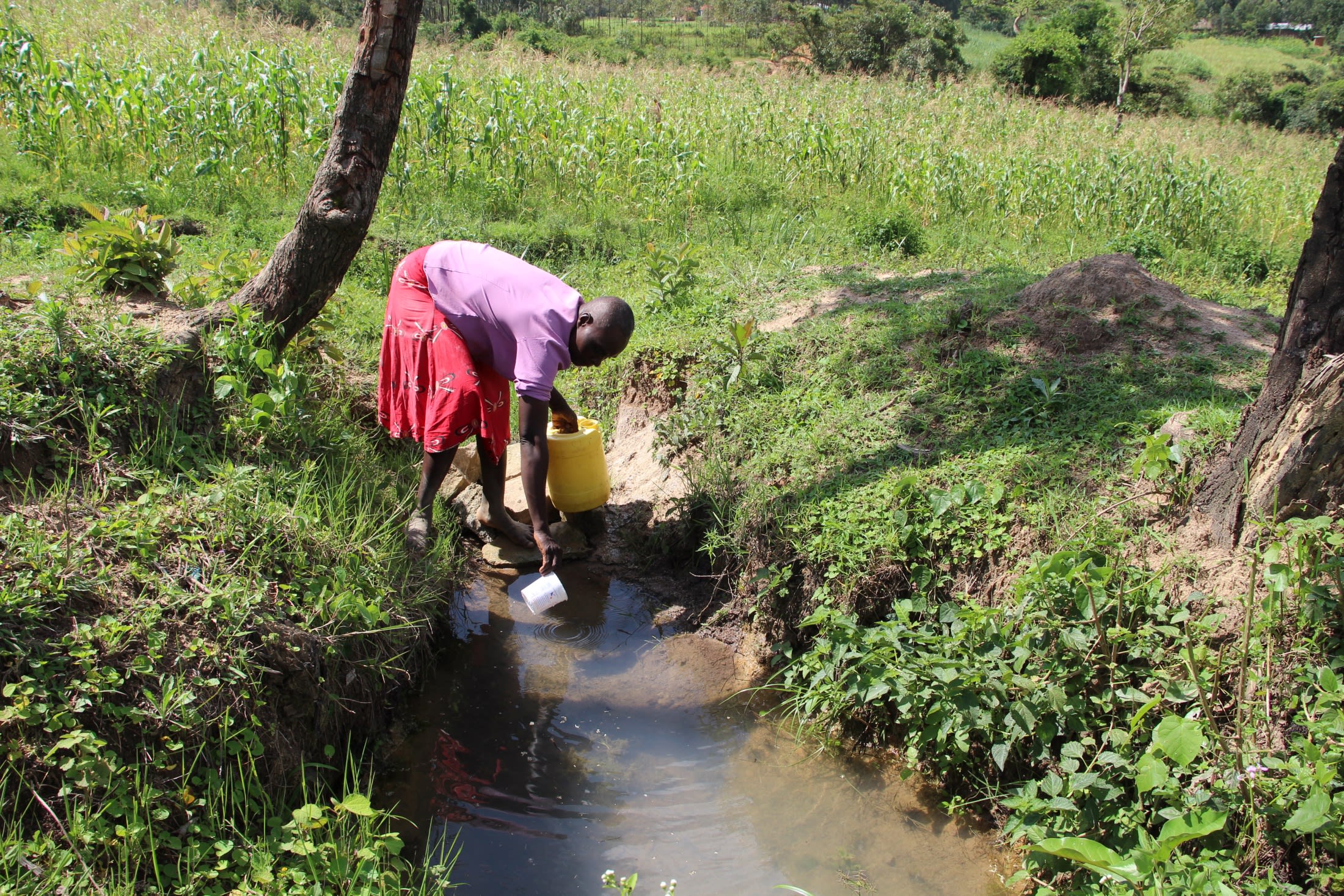
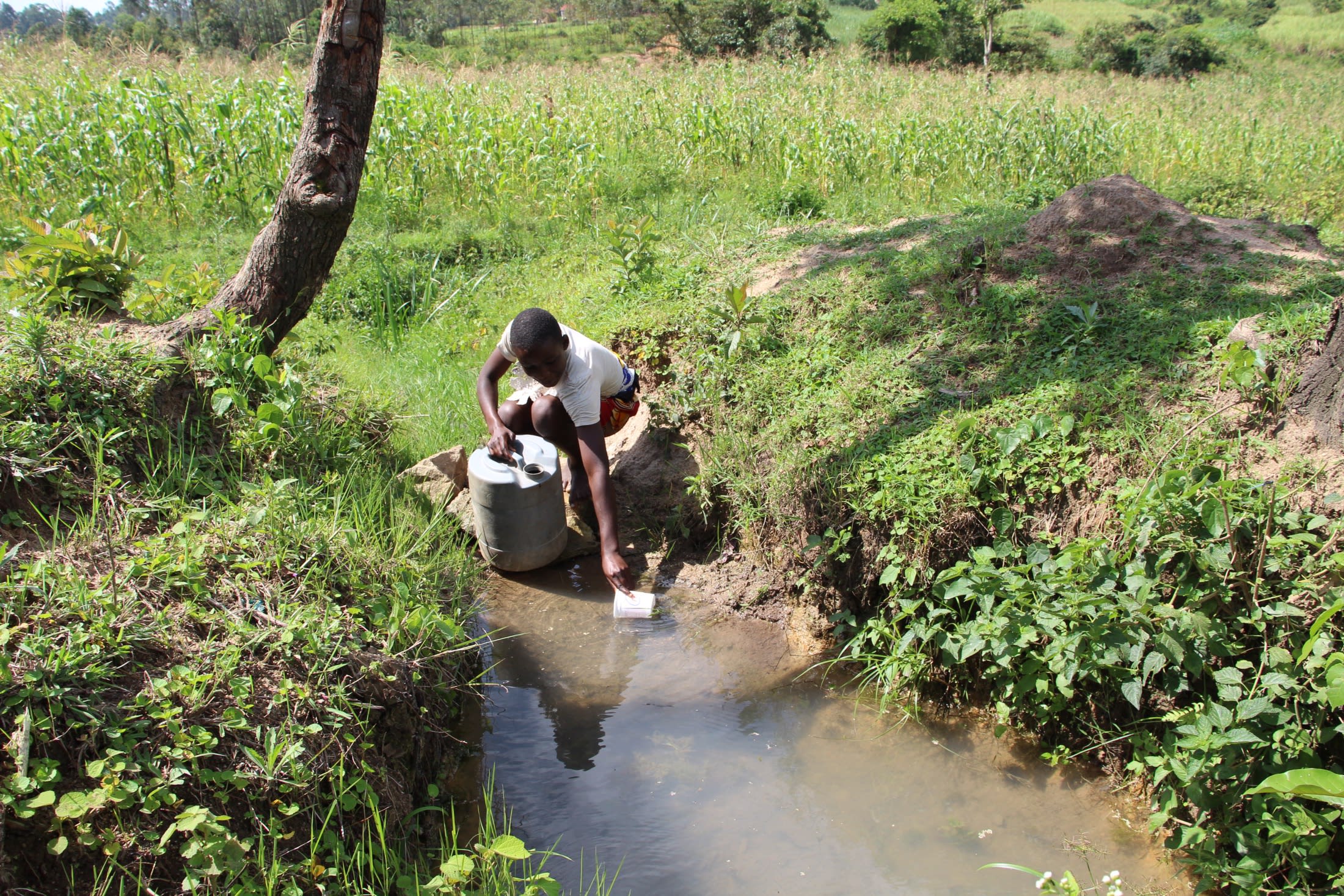
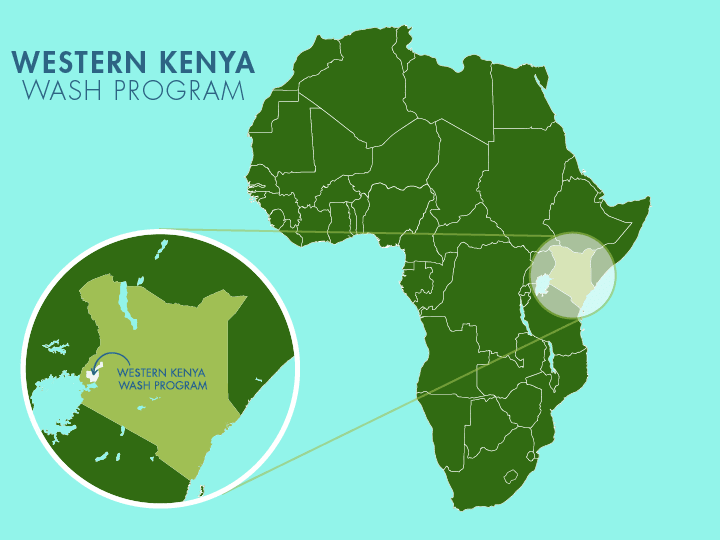
 Protected Spring
Protected Spring
 Rehabilitation Project
Rehabilitation Project

